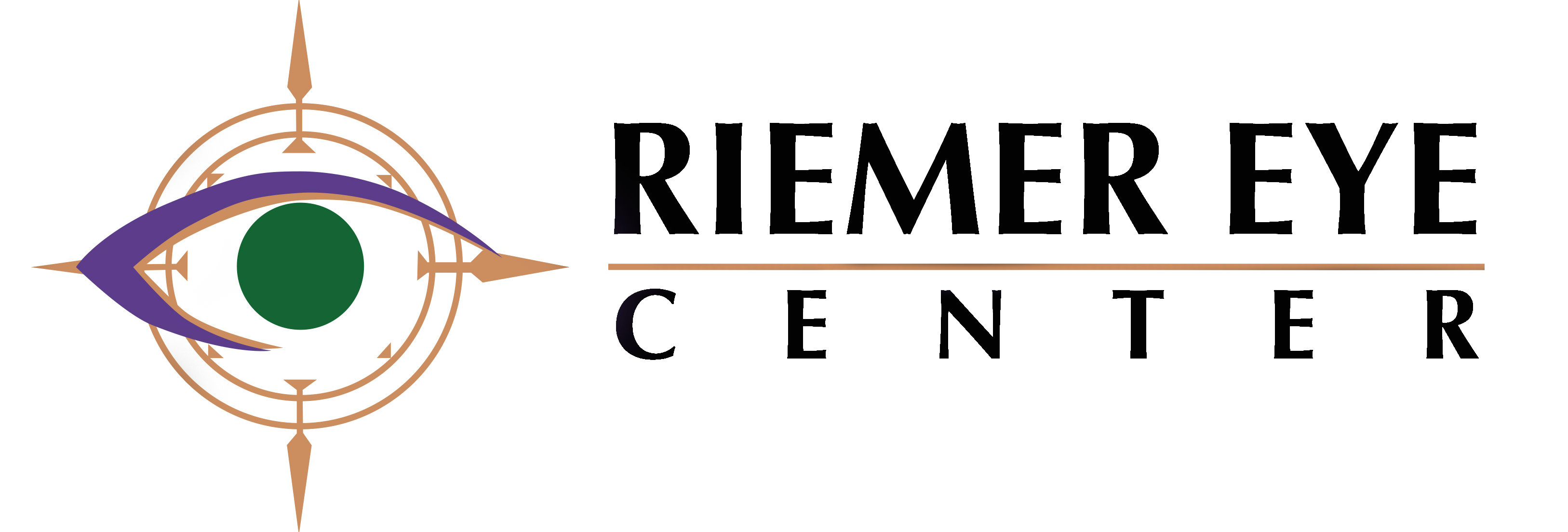EYELID SURGERY
Eyes are often the first thing people notice and are an important aspect of one’s overall appearance. As we age, the tone and shape of the eyelids can loosen and sag. Heredity and sun exposure also contribute to this process. This excess, puffy or lax skin can make one appear more tired or older than they are.
UPPER BLEPHAROPLASTY
LOWER BLEPHAROPLASTY
Oculoplastics or Eyelid Surgery
Eyelid surgery or blepharoplasty (pronounced “blef-a-ro-plasty”) can give the eyes a more youthful look by removing excess skin, bulging fat, and lax muscle from the upper or lower eyelids. If the sagging upper eyelid skin obstructs peripheral vision, blepharoplasty can eliminate the obstruction and expand the visual field.
If the visual field has become narrowed, eyelid surgery may become a medical necessity and covered by most insurances to improve vision.
Upper Blepharoplasty
For the upper eyelids, excess skin and fat are removed through an incision hidden in the natural eyelid crease. If the lid is droopy, the muscle that raises the upper lid can be tightened. The incision is then closed with fine sutures.
Lower Blepharoplasty
Fat in the lower eyelids can be removed or repositioned through an incision hidden on the inner surface of the eyelid. If there is excessive skin in the lower lid, the incision is made just below the lashes. Fat can be removed or repositioned through this incision, and the excess skin removed. The incision is then closed with fine sutures.
Upper and Lower Blepharoplasty
Upper and lower blepharoplasty can be performed together and also can be combined with other procedures such as eyebrow or forehead lift, midface lift, face lift, neck lift, or laser skin resurfacing.
Who Should Perform A Blepharoplasty?
When choosing a surgeon to perform blepharoplasty, look for a cosmetic and reconstructive facial surgeon who specializes in the eyelids, orbit, and tear drain system.
To schedule an appointment to discuss eyelid surgery, call 800.974.2020 or request an appointment online.
